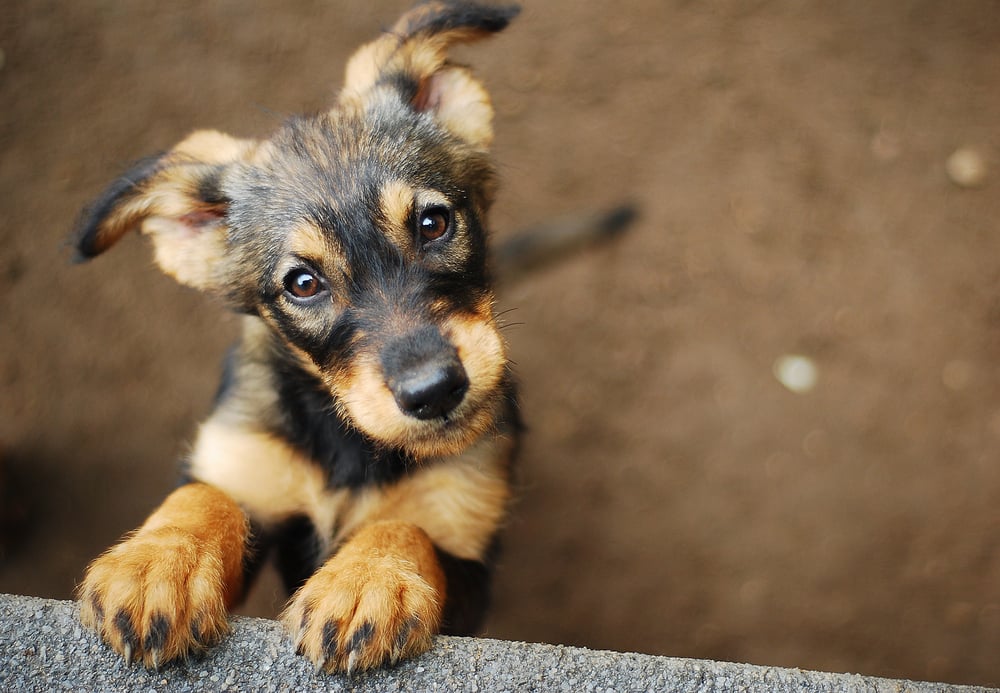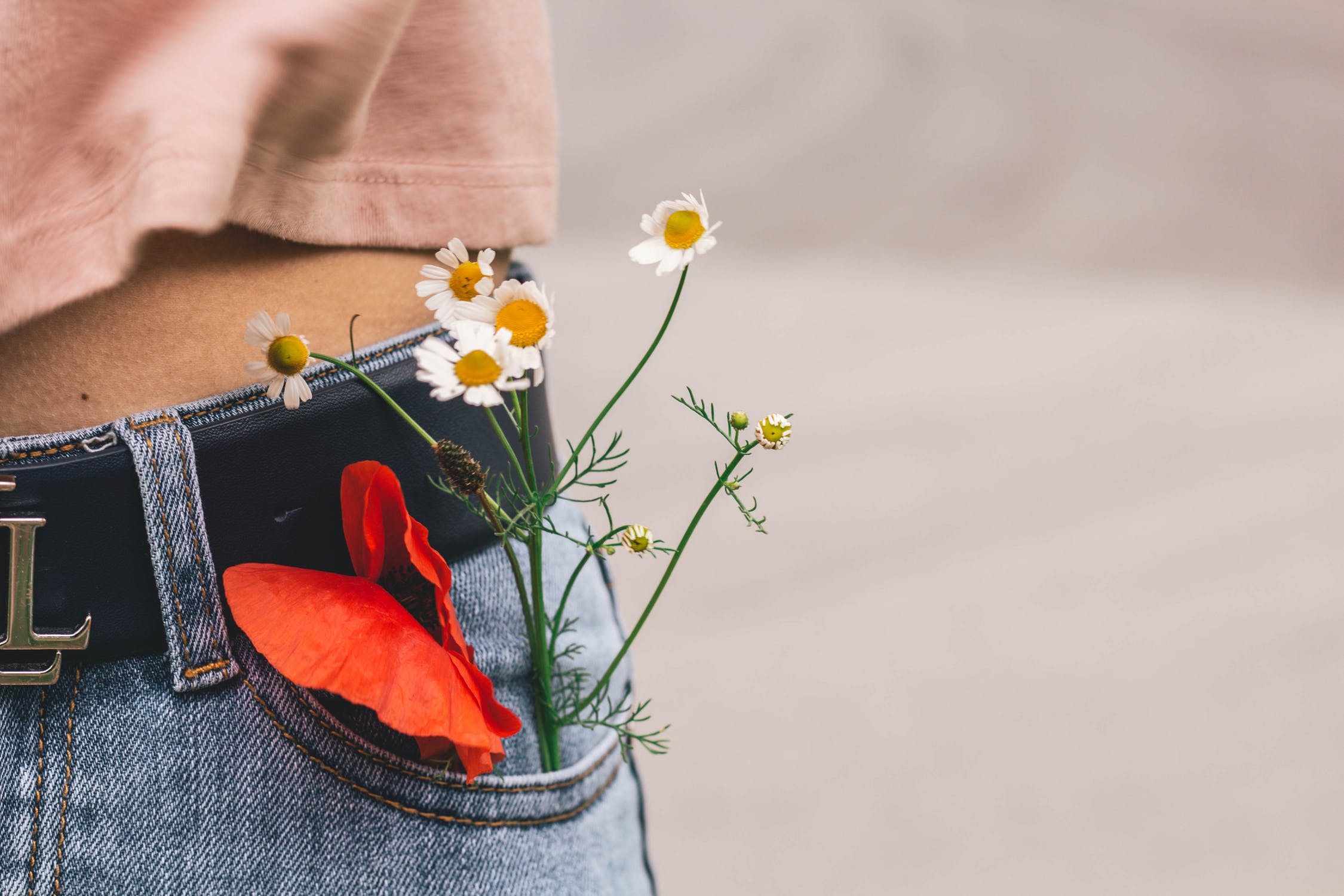Most of us have never questioned what a camel stores in its humps. It seems to be pretty obvious, after all. The camel can last long periods in the desert, much longer than a horse or any other similar animal, so the humps must be the answer. If that is the case then the humps must store water. However, it turns out that is false. If you want to know the truth behind an animal’s humps, read on.
While when we look at a camel we all presume the humps are storing water that is just not true. The humps actually store fat. The fat acts as stored nutrition that they can feed off over prolonged periods of time without food or water. After they use some of the stored fat it is possible to actually notice the humps start to get smaller and slump to the side.
The act of storing excess fat is something that many animals do. Large animals like bears often have excess weight to store fat for its nutrient value. The difference between bears and animals though (among many other things) is that the camel lives in a much warmer climate. If a camel was to store weight like a bear it would overheat in the desert and the excess fat would be of no use. Instead, it stores the fat in one or two humps on its back. This is done for two reasons. The main reason is to act as a defense against solar radiation. A camel will always have thicker fur on the top of its body versus other areas. This is so the harsh sun doesn’t penetrate. The humps act as an additional shield. The second reason for the humps is to have stores of fat without thickening the entire body. Evolution was working pretty smartly when it came up with that trick.
Although a camel can drink over 30 gallons of water in 15 minutes, it does not store excess water for long periods of time, this is an utter myth. In actual fact, the camel is just incredibly efficient when it comes to the use of water. A camel pees rarely and when it does pees it is highly concentrated. In addition when a camel defecates it is very solid and dry. This means that a camel is using water wisely. A camel uses water so wisely that when it overheats it does not sweat, that would start to lose water. The main trick that a camel uses is to generate water vapor from the air that it intakes. This allows it to avoid dehydration in a remarkable manner.
The one way a camel is happy to waste a little bit of water is to spit in your face if you annoy them. Even here though, they are efficient. The spit they use is a mixture of saliva and stomach bile (puke) so it is a nasty thing to receive to the face. If you are ever worried that a camel is going to spit on you, stay well away. The most telltale sign is that the cheeks will start to puff out as it prepares to unleash a horrible amount in your direction.
There you have it, a common myth truly busted. The camel does not store water in its humps, it stores fat. Here at Fact Ahead we want to settle a few more myths that have been falsely spread over time so please check out some of our other articles and if you have any myths that you need us to bust simply leave a comment and we will be happy to tackle it for you.







